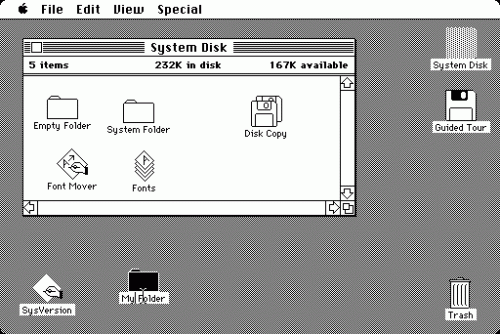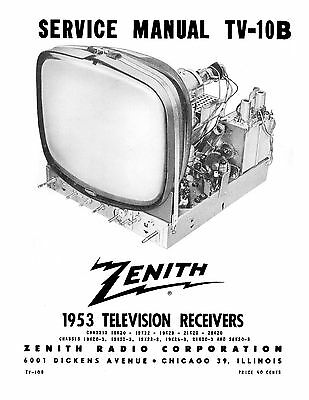There are a lot of ways to tell this story about Apple allowing people to repair devices at a shop not owned and operated by Apple. It’s a wise move and here’s a personal anecdote why I would say so.
Nearly 25 years ago I worked as an authorized Apple repair engineer. I’d pore over videos sent to the independent repair shop I worked in. High-quality productions on CD from the manufacturer gave me x-ray vision, to see every step of decomposing and assembling Apple hardware.
In one hilarious day at work I was tossed a broken Apple product at noon by my manager and told to have it sorted out over lunch. Soon I had every screw and nut carefully removed down to the last one, parts laid out across the giant work space.
That means I did not just pull a part and replace using the “consumer-friendly” method of preset tabs and levers, common in today’s world. Instead I took apart, tested and rebuilt that device to be like new, given a carefully orchestrated training model from Apple themselves.
I said hilarious because when my manager returned from lunch he said “Damnit Davi, just pull a bad part and swap it. Do you have to understand everything? You could have joined us for lunch.”
Feed belly or mind? The choice for me was clear. He didn’t much care for the fact that I had just finished academic studies under Virgil’s Georgics (29 BCE) phrase “Rerum cognoscere causas” (verse 490 of Book 2 “to Know the Causes of Things”)
Sometimes I even put a personal touch on these repairs. One Apple laptop sent by the DoD was used in GPS development for strike fighters, so I made its icon for the system drive look like a tiny F-16 Falcon.

An appreciation for that extra effort meant a nice note from the US gov on formal stationary. Apple wanted computing to be “personal” and that is exactly what repair shops like ours were doing for customers.
Three years later I was managing a team of engineers who would desolder boards and update individual chips. As good and efficient as we were, however, everyone knew there was an impending slide into planned obsolescence economic models. Accountants might have asked us how many Zenith TV repair technicians exist, given Zenith itself disappeared. Remember these?

Profit models on the wall seemed to rotate towards shipping any malfunctioning products back to manufacturers, who would forward them to Chinese landfills for indefinite futures, instead of to engineers like me or my team who would gladly turn them around in a week.
Anyway it was 2010 when I owned an Apple iPhone. It died abruptly. Locked out of repairing it myself by the company policy, I took it to a desk in their billboard-like sensory-overload retail/fashion store.
An Apple employee looked at the phone and told me a secret sensor showed red, so no warranty would be honored. There had been no moisture I was aware of, yet Apple was telling me I couldn’t return my dead device because they believed that faulty device more than me?
Disgusted with this seemingly illegal approach to warranty issues, I quickly and easily disassembled that iPhone, replaced their faulty red sensor with a new one, and returned again. Apple confirmed (as a stupid formality) the new sensor wasn’t showing red, and gladly swapped the phone with a brand new one instead of repairing mine.
I wasn’t wrong, their inability to engineer honestly was…as they were forced to admit three years later:
…owners that were denied warranty repairs over internal moisture sensors that falsely registered water damage are a step closer to collecting their share…
Immediately after they swapped my defective phone I sold the new one and stopped using any Apple products, as I announced in my HOPE talk that year.
Good news, therefore, that today Apple finally has gone back to a mode of operating that honors the important consumer right-to-repair, as Vice reports:
After years of fighting independent repair, Apple is rolling out a program that will allow some independent companies to buy official parts, repair tools, and diagnostic services outside of the company’s limited “authorized” program. It’s a big win for the right to repair movement…
I’ve written about this on my blog for nearly 15 years already, so it’s encouraging to see progress even if it does come late.
Thanks for your interesting article. One other problem is dangerous material. It’s commonly a problem among employees in the repair industry who experience toxins over a long period of time. Who is responsible for health of independent workers on products that manufacturers made unsafe to repair?